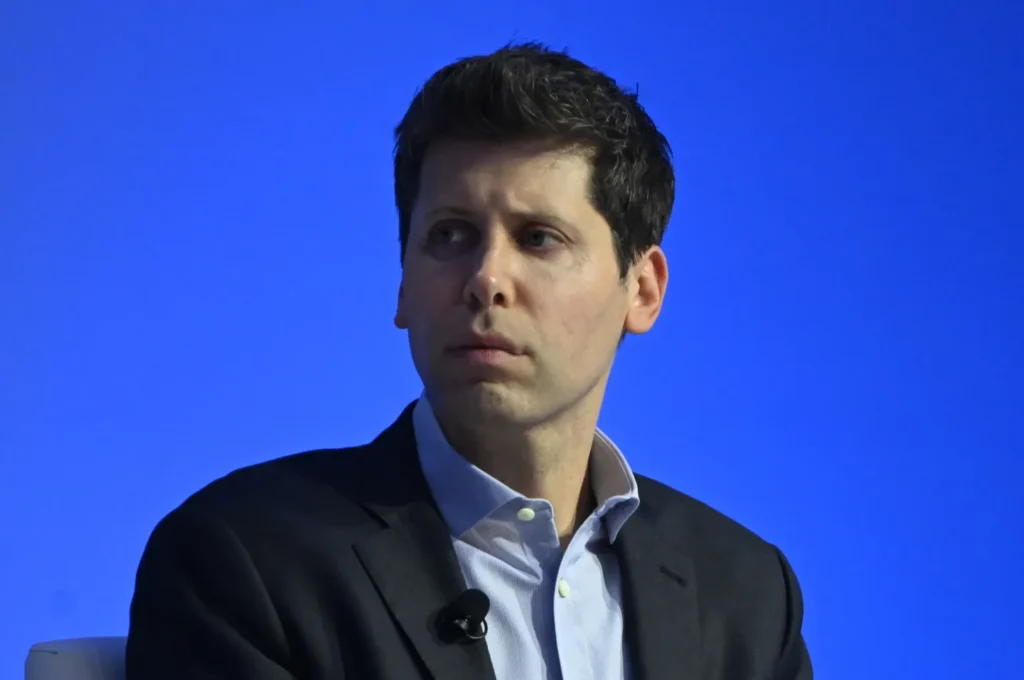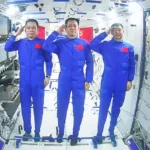OpenAI has claimed it has evidence suggesting that Chinese artificial intelligence start-up DeepSeek used its proprietary models to train its own open-source competitor, raising concerns about potential intellectual property (IP) breaches.
The San Francisco-based company, known for creating ChatGPT, told the Financial Times that it observed signs of “distillation,” a technique it suspects DeepSeek employed.
Distillation is a common practice in AI development, where smaller models are trained using outputs from larger, more advanced models to achieve similar performance at a lower cost. While this method is widely used, OpenAI alleges that DeepSeek may have utilized it to build a competing model, which would violate OpenAI’s terms of service.
“The issue arises when you take it out of the platform and use it to create your own model for your own purposes,” said a source close to OpenAI. The company’s terms explicitly prohibit users from copying its services or using its outputs to develop competing models.
DeepSeek’s Rise and OpenAI’s Response
DeepSeek’s release of its R1 reasoning model has surprised both markets and Silicon Valley, as its cost-effective models have achieved performance comparable to leading U.S. AI systems.
OpenAI and its partner Microsoft reportedly investigated accounts linked to DeepSeek last year, which were using OpenAI’s application programming interface (API). Upon suspecting unauthorized distillation, they blocked these accounts. These investigations were first reported by Bloomberg.
OpenAI declined to provide further details or comment on the specifics of its evidence. DeepSeek did not respond to requests for comment, as the inquiry was made during the Lunar New Year holiday.
Industry Reactions and Broader Implications
David Sacks, former AI and crypto advisor to President Donald Trump, commented on the situation, stating that IP theft “is possible.” He explained the distillation process on Fox News, saying, “One model learns from another model, kind of sucking the knowledge out of the parent model.”
Sacks added that there is “substantial evidence” DeepSeek used this technique with OpenAI’s models, though he did not provide specifics.
DeepSeek has claimed it trained its V3 model, which has 671 billion parameters, using just 2,048 Nvidia H800 graphics cards at a cost of $5.6 million—a fraction of the resources OpenAI and Google have invested in their models.
However, some experts argue that DeepSeek’s model responses suggest it was trained on outputs from OpenAI’s GPT-4, which would breach OpenAI’s terms.
A Common but Controversial Practice
Industry insiders note that using outputs from leading AI models like OpenAI’s to train smaller systems is a widespread practice, particularly among start-ups and academics. Ritwik Gupta, an AI PhD candidate at the University of California, Berkeley, explained, “It is very common for start-ups and academics to use outputs from human-aligned commercial LLMs, like ChatGPT, to train another model. This allows them to get human feedback for free.”
However, this practice poses significant challenges for companies seeking to protect their technological edge. OpenAI stated, “We know [China]-based companies—and others—are constantly trying to distill the models of leading U.S. AI companies.”
The company emphasized its efforts to safeguard its IP, including carefully selecting which capabilities to include in released models and collaborating with the U.S. government to protect advanced AI systems from competitors and adversaries.
OpenAI’s Own Legal Challenges
While OpenAI accuses DeepSeek of potential IP violations, it faces its own legal battles over alleged copyright infringement. The company has been sued by The New York Times and several prominent authors, who claim OpenAI trained its models on their works without permission.
The allegations against DeepSeek highlight the complexities of IP protection in the rapidly evolving AI industry. As companies race to develop cutting-edge technologies, the line between innovation and infringement becomes increasingly blurred, raising questions about how to balance competition, collaboration, and intellectual property rights.


